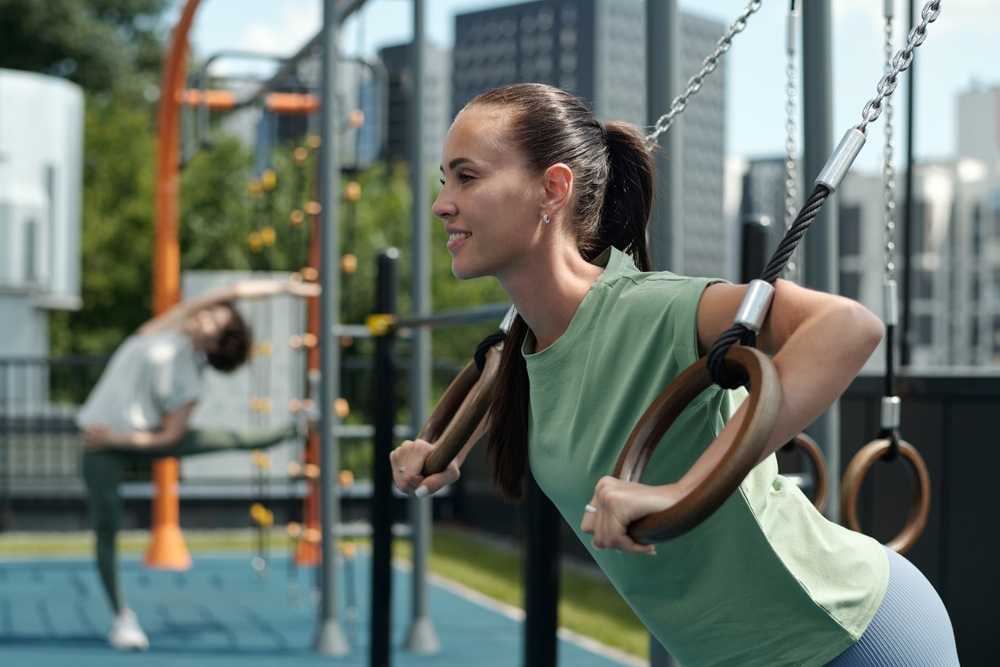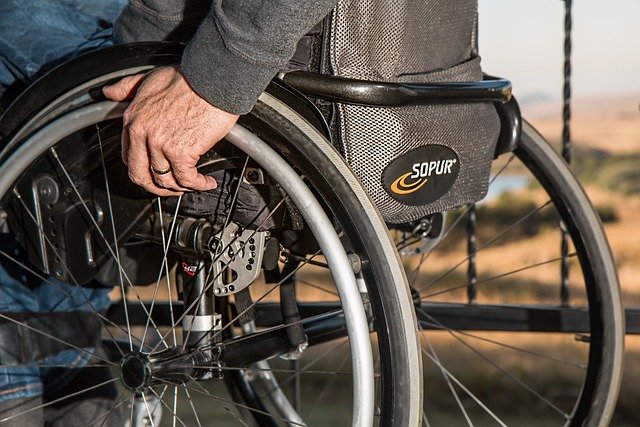Effective abdominal fat removal using laser technology in Sherbrooke
Eliminating stubborn belly fat can seem like an insurmountable task, but advances in laser fat removal technology offer a promising alternative. In Sherbrooke, this innovative approach allows for the targeting of unwanted fat without surgery or a lengthy recovery. Many are discovering the gentleness and affordability of this method, making it an attractive option for those looking to reshape their figure.

Effective abdominal fat removal using laser technology in Sherbrooke
Residents of Sherbrooke increasingly look to laser body-contouring systems to refine the midsection without surgery. These devices use controlled heat to target subcutaneous fat while keeping the skin surface protected. When paired with healthy habits, laser treatments can help smooth abdominal contours, particularly for small, stubborn pockets that resist diet and exercise.
This article is for informational purposes only and should not be considered medical advice. Please consult a qualified healthcare professional for personalized guidance and treatment.
What are the benefits of laser fat removal for the stomach?
Laser treatments for the abdomen are designed to selectively target fat beneath the skin while avoiding incisions or anesthesia. For many people, the main appeal is minimal downtime: most return to routine activities immediately after a session. Because treatment is localized, practitioners can focus precisely on the lower or upper abdomen, the flanks, or the area around the navel to address specific aesthetic goals.
Consistency is another benefit. Energy delivery is calibrated and monitored, allowing standardized, repeatable sessions. Some systems also provide surface cooling to help maintain comfort. While results are gradual, individuals often appreciate the subtle, natural-looking change rather than a dramatic shift. These procedures are not weight-loss solutions; they are best suited for contouring and proportion rather than significant fat reduction.
How does the science behind non-surgical abdominal fat removal work?
Non-surgical laser fat reduction relies on photothermal energy. The device delivers specific wavelengths that heat fat cells in the subcutaneous layer to a controlled temperature range, typically in the mid-40s Celsius. This thermal stress can trigger a natural process in which fat cells are gradually broken down and cleared by the body’s lymphatic system over several weeks.
Importantly, the energy is intended to be selective. The skin’s surface is protected through integrated cooling or intermittent energy delivery, aiming to keep epidermal temperatures comfortable while the deeper fat layer absorbs heat. Over time—often 6 to 12 weeks—treated areas may show a modest reduction in thickness as the body processes cellular debris. Multiple sessions spaced a few weeks apart are commonly recommended to build cumulative effect, with the exact plan tailored by the practitioner.
Laser contouring differs from surgical liposuction, which physically removes fat via cannula under anesthesia. It also differs from cold-based techniques that rely on controlled cooling. Each method has its own profile of benefits and considerations; lasers offer a non-invasive route with shorter recovery and more gradual change.
What can patients expect in terms of experience and comfort during treatment?
Before treatment, a consultation typically includes medical history, a discussion of goals, and an evaluation of skin and fat distribution. Practitioners in Canada use Health Canada–authorized devices, and in Quebec, procedures in medical aesthetics are usually performed by, or under the supervision of, regulated healthcare professionals. Photos and measurements may be taken to guide a personalized plan.
During a session, applicators are placed over the abdominal area. You’ll feel cycles of warmth—sometimes intense heat—interspersed with periods of cooling, depending on the device. Discomfort levels vary; many describe a deep warming or tingling sensation. Sessions often last 25 to 60 minutes for the abdomen, depending on the number of applicators and the area covered. Communicating with the provider helps them adjust settings for tolerability while maintaining therapeutic temperatures.
After treatment, the skin may appear mildly red or feel warm for a short period. Temporary tenderness, swelling, or firm areas under the skin can occur as tissues respond to heat. Light massage and hydration are often recommended. Most people resume normal activities right away, including work and non-strenuous exercise. Visible changes typically appear gradually over several weeks; optimal results may need two to three sessions or more, usually spaced about a month apart.
Suitability matters. Laser fat reduction is intended for localized subcutaneous fat, not visceral fat inside the abdominal cavity. Individuals close to their preferred weight, with a body mass index in the mildly elevated range, often see the most predictable outcomes. Contraindications may include pregnancy, open wounds or infections in the area, certain implanted medical devices, or conditions affecting sensitivity to heat. A clinician will assess these factors during consultation.
Practical considerations for Sherbrooke residents
When exploring local services in your area, consider the provider’s credentials, device authorization status, and the clinic’s approach to safety and follow-up. Ask how they determine candidacy, how they monitor temperatures and skin response during treatment, and what their protocol is for managing discomfort. Inquire about the expected number of sessions for your abdominal region, typical timelines for review appointments, and how results are documented for comparison.
Lifestyle can support outcomes. Stable weight, balanced nutrition, adequate sleep, and regular activity help maintain contour changes. While the body clears treated fat cells over time, untreated cells can still enlarge with weight gain. Setting realistic expectations—modest, gradual improvement rather than dramatic reduction—helps align the experience with the technology’s capabilities.
Safety, side effects, and alternatives
Non-surgical laser fat reduction is generally well tolerated when performed by trained professionals using authorized equipment. Common short-term effects include redness, warmth, tenderness, or transient numbness. Less common issues may involve temporary firmness or sensitivity in treated areas. Providers should explain signs that warrant a check-in and outline aftercare steps tailored to your skin and medical profile.
Alternatives include cryolipolysis (cold-based fat reduction), radiofrequency-based contouring, injectable options for small submental areas, and surgical approaches such as liposuction for more substantial fat removal. Each method has distinct mechanisms, recovery considerations, and expected outcomes. A personalized consultation helps determine whether laser energy, a different non-surgical option, or a surgical route aligns better with your goals and health status.
In Sherbrooke, choosing a clinic that emphasizes assessment, accurate patient education, and measured follow-up can make the process smoother. Prioritizing clear communication about benefits and limitations supports informed decisions and more satisfying, natural-looking abdominal contouring results.
In summary, laser technology offers a non-invasive pathway to refine abdominal contours with minimal disruption to daily life. Expect controlled heating of subcutaneous fat, a comfortable yet warm treatment experience, and gradual changes over weeks. With appropriate candidacy and a well-structured plan from qualified professionals, residents in your area can pursue subtle, steady improvements that complement healthy routines.




